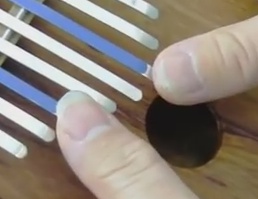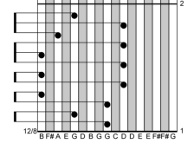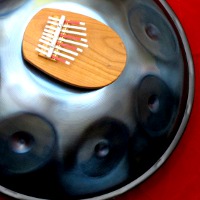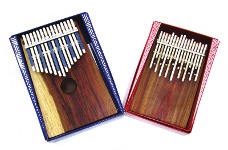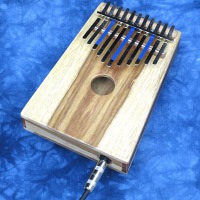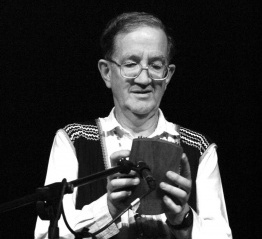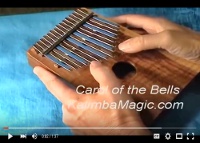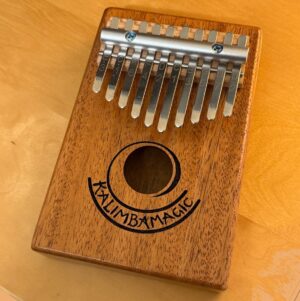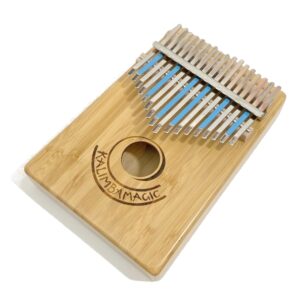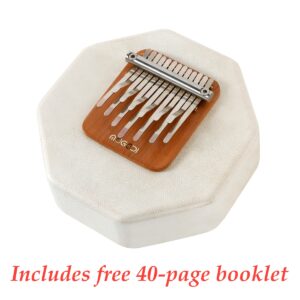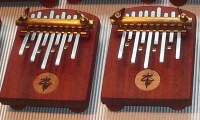
Great News about Thomas Bothe 2B Kalimbas!
2B/9, 2B/9B, 2B/14, and a 2B/14L are now here! These are the 2B kalimbas that will arrive early in January We’ve been waiting a long time for Thomas Bothe to send us more of his wonderful “2B Kalimbas”, and we have just received a few instruments (January 2016). They are unique in the world, nothing quite like them – check out the video below if you want to know what makes them so special. Thomas Bothe fell ill more than once from breathing the sawdust from paduak wood, out of which his beautiful kalimbas are made. After avoiding it for a while, he has been able to work again, and
